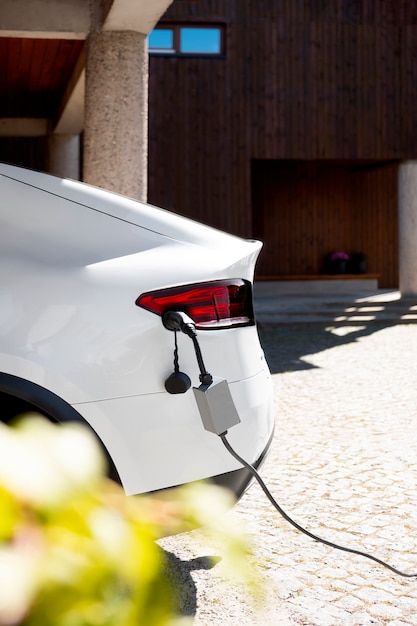
Electric vehicles (EVs) of all shapes and sizes are finally becoming available, but the variety isn’t the same across all types. While there is a decent selection of midsize crossovers now, such as the Hyundai Ioniq 5 and Kia EV6, the options for sedans and SUVs are still limited. We do have high-end sedans and SUVs like the Rivian R1S and Lucid Air, but if you’re hunting for an affordable car for your small family, your choices are quite restricted.
However, this scenario is evolving. Enter the Hyundai Ioniq 6, a new car that’s gaining a lot of attention. The Ioniq 6 positions itself as the best electric sedan for most people, directly competing with the Tesla Model 3 and Polestar 2. Its base price is $41,600, which places it in the same ballpark as the $40,240 Model 3 and the $48,400 Polestar 2.
Previously, if you wanted a lower-priced electric sedan, your main options were the Tesla Model 3 and the Polestar 2. Although other sedans existed, they were out of reach for most buyers. For instance, I recently reviewed the Lucid Air Grand Touring and was impressed, but with a price tag of $138,000, it’s not a realistic option unless you hit a jackpot.
To be clear, the Tesla Model 3 and Polestar 2 are not bad cars by any means. The Model 3 benefits from Tesla’s top-notch charging infrastructure and excellent in-car software. On the other hand, the Polestar 2 stands out for its superior build quality and materials.
Yet, both these cars have some drawbacks that the Ioniq 6 addresses. Tesla vehicles often lack in build quality and have a somewhat minimalistic interior design. In comparison, the Polestar 2 is more expensive and its maximum range is 270 miles.
The Hyundai Ioniq 6 tackles these issues effectively. After test driving it, I found its build quality to be superior to Tesla’s, much like the Ioniq 5. Although its software isn’t as sophisticated as Tesla’s, it does support CarPlay and Android Auto, which I personally prefer over Tesla’s interface. Additionally, the Ioniq 6 offers faster charging capabilities, supporting 350kW fast charges that can juice up the car to 80% in under 20 minutes.
The Polestar 2 is a tougher competitor because it’s a quality vehicle built by Volvo, a company with a strong reputation. Yet, its maximum range of 270 miles is the same as the lowest-range Ioniq 6 Limited model. On the higher end, the Ioniq 6 offers up to 361 miles of range, about 100 miles more than the Polestar 2.
There are other features that I find more appealing in the Ioniq 6 as well. Both cars are stylish, but the Ioniq 6 is flashier and sleeker, which could attract more buyers. It also boasts a comfortable interior, similar to the Polestar 2.
What the EV market really needs right now is a price competition, and that’s not far-fetched. In recent months, Tesla and Ford have engaged in a price war with the Model Y and Mustang Mach-E, resulting in lower prices for consumers. The Ioniq 6 is already reasonably priced, and so is the Model 3 at this stage. Ideally, this increased competition will drive down prices further, possibly into the sub-$40,000 range.
Even if prices don’t drop, the increased competition is beneficial. More options for consumers are always a positive development.